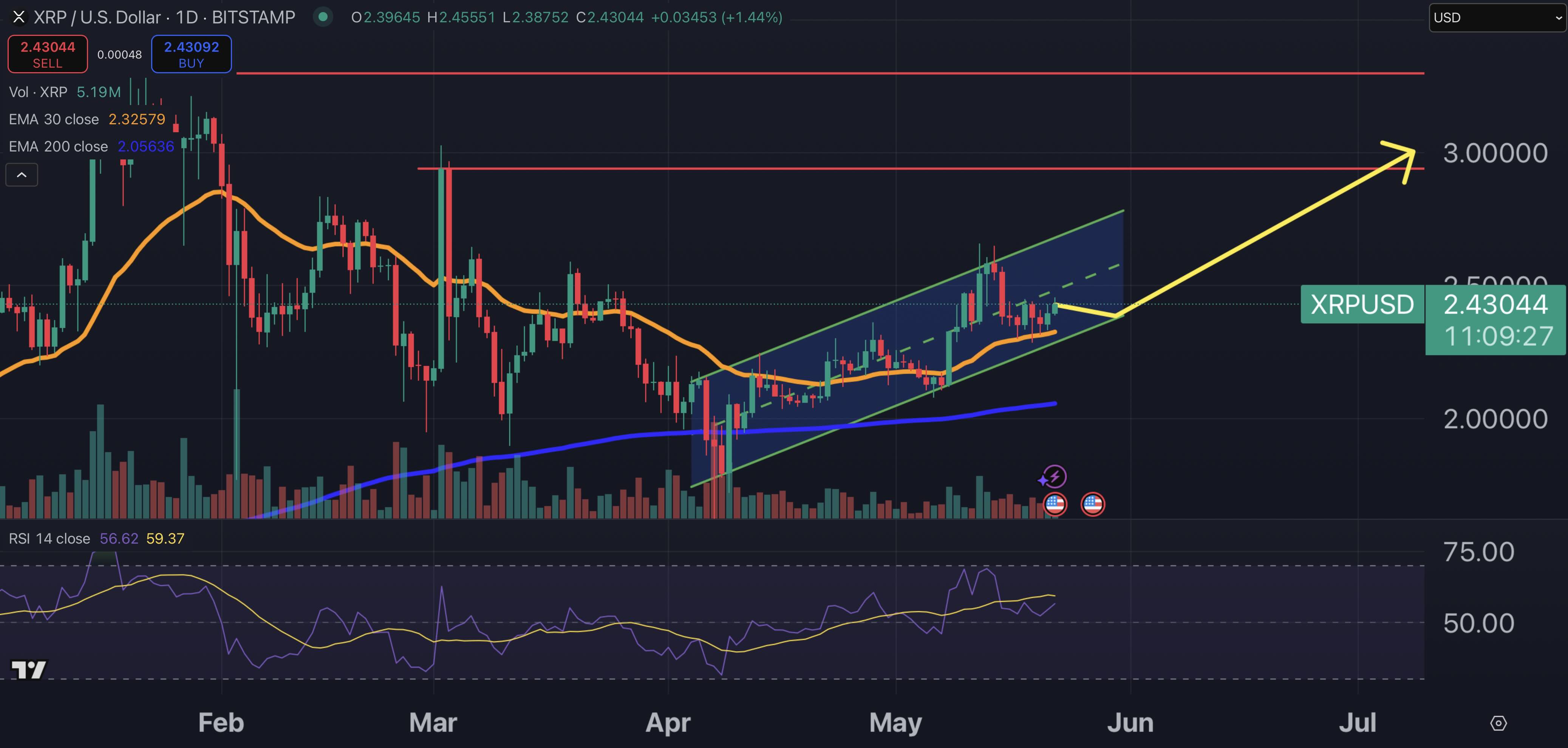Receive free Agricultural commodities updates
We’ll send you a myFT Daily Digest email rounding up the latest Agricultural commodities news every morning.
Prices for olive oil are surging further in to record-breaking territory after an extended period of unusually dry weather in southern Europe damaged crops.
European prices first moved above €4 per kilogramme in September but have now shot up to more than €7 per kg owing to soaring temperatures and a lack of rainfall in Spain, the world’s largest producer, as well as in Italy and Portugal.
“We’ve had a very poor crop, prices have never been this high, and concerns extend beyond the season we’ve just had,” said Kyle Holland, oilseeds and vegetable oils analyst at Mintec, the commodity data firm.
Spanish officials say the devastating effects of heatwaves and water shortages demonstrate the urgency of tackling climate change, but an election next week could install a new government that is less convinced.
The matter has become a hot topic in Spain, where olive oil is a staple product with an outsized influence on economic sentiment. News organisations have extensive coverage of where consumers can buy the most affordable bottles as prices rise. Some big investors have warned that climate change could prove to be a lasting support for global inflation, in part because of the impact on food prices and in part because of the huge sums governments need to spend to mitigate or reduce it.
The EU says it produces two-thirds of the world’s olive oil, with the US, Brazil and Japan among the main destination. In the UK, the average price of a bottle of olive oil climbed 47 per cent in the year to May, according to the Office for National Statistics.
Producers in southern Europe were sitting on total stocks of roughly 205,000 metric tonnes of olive oil at the end of June, down from 265,000 tonnes by the end of May, according to Mintec.
“I can’t reiterate how low that is, it’s completely unheard of in the market,” Holland added. “This is not just your really high qualities, it’s all olive oil.” Spain produced just 620,000 tonnes of olive oil during the 2022-23 harvest, down from 1.5mn tonnes the year before.
Supplies are drawing down by about 80,000 tonnes every four weeks, meaning stockpiles are likely to run very low in the three months before the start of this year’s harvest, which usually runs through to February.
Declining production figures mean the outlook for the next quarter is grim, said Asaja, a farm lobby group. “There’s tension in the market so if prices are going anywhere they’re going up,” said Luis Carlos Valero of Asaja in Jaén, the capital of olive oil production in Andalusia.
One-third of the country is suffering a “prolonged drought”, according to the environment ministry. Water levels in Spain’s reservoirs dropped last week by the biggest margin in 10 months.
Scorched parts of Spain received welcome rains in June, reducing the water stress on olive trees, but farming groups said they came too late to nourish an increase in the fruit they bore.
Juan Vilar, an olive oil analyst and professor at the University of Jaén, said prices were also climbing because farmers’ costs had risen owing to higher interest rates and inflation in fertiliser prices driven by the energy crisis.
Credit: Source link










